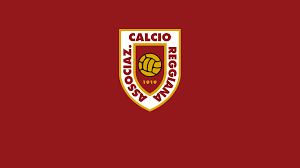History and Development Bukit Jalil National Stadium

Bukit Jalil National Stadium
The stadium boasts a seating capacity of over 87,000, making it one of the largest venues in Southeast Asia. This immense capacity enables it to host major tournaments like the AFF Suzuki Cup, captivating audiences with the fervor of competition. Its well-maintained pitch is recognized for being one of the best in the region, allowing athletes to perform at their peak https://789bet.domains/.
History and Development Bukit Jalil National Stadium
The journey of the Bukit Jalil National Stadium began with a vision to create a sports complex that would elevate Malaysia’s standing in the global sporting arena. The construction of the stadium was a monumental task that showcased the nation’s commitment to sports development.
The origins and construction timeline
Construction of the Bukit Jalil National Stadium started in the early 1990s, and it officially opened its doors in 1998. The stadium was built to host the Commonwealth Games, marking Malaysia’s first time serving as the host nation for such a prestigious event. The successful completion of the project was celebrated as a significant achievement for the country, reflecting its ambition and determination.
Throughout the years, the stadium has undergone various renovations to keep it up-to-date with modern standards. These enhancements have included upgrades to seating, lighting, and sound systems, ensuring a world-class experience for all who visit. The evolution of the stadium mirrors the growth of sports in Malaysia, representing a dynamic landscape that continuously adapts to new challenges and opportunities.
Purpose and vision behind the stadium
The purpose behind building the Bukit Jalil National Stadium was twofold: to promote sports within Malaysia and to provide a venue that could host international competitions. The government envisioned this stadium as a stepping stone towards achieving excellence in sports and fostering a sense of national pride.




